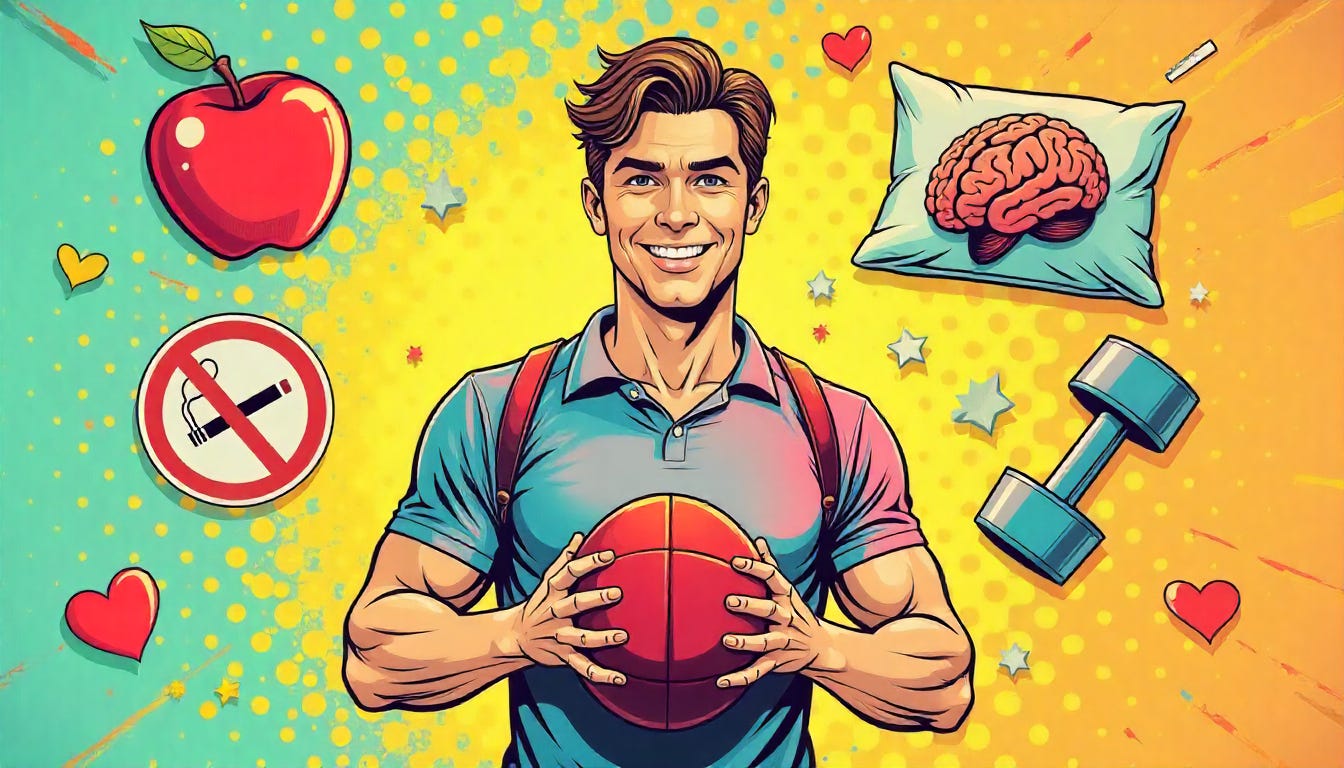The six pillars of lifestyle medicine for high school athlete performance 🏛️
Key considerations for youth athletes.
Keep reading with a 7-day free trial
Subscribe to Performance Nutrition Digest to keep reading this post and get 7 days of free access to the full post archives.



